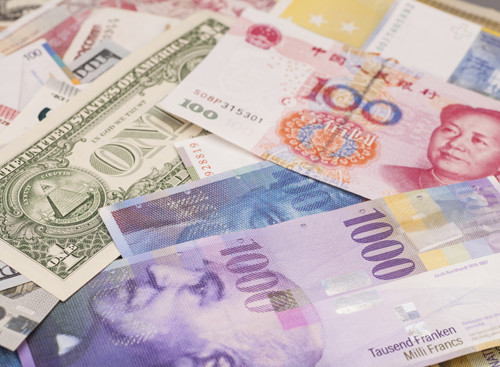What does the Chinese market have to offer?
China is the new global economic superpower having overtaken the US. It now accounts for almost 35% of global ecommerce sales and is expected to account for half of the global market by 2018. Online purchases have surged rapidly (up 25% in 2014 compared to 2013) and total online sales in China are expected to exceed one trillion dollars by 2019. This exceptional growth is largely due to the rise of ecommerce platforms, the increasing emphasis by the Government on consumption and by the lack of physical shops to fill the needs of consumers.
To support this new ecommerce boom, hundreds of logistics centres, depots and delivery companies have been set up. The appropriate infrastructure is now well established and has allowed marketplaces to open their doors to brands and distributors from the west. These marketplaces provide European merchants with quick and effective access to the Chinese market but also give the 650 million local internet users easy access to their favourite European products. The most popular sectors among Chinese shoppers in order of preference are: ready-to-wear fashion, cosmetics, luxury goods, daily essentials and food.
How to take advantage of China’s ecommerce opportunities
China is an extremely well connected country and more and more consumer-driven, which means that the sales potential for European online merchants and manufacturers is booming. However, when entering such a distant country a competitive strategy involves significant technical, logistical, legal, marketing and financial investment. Therefore, integrating with marketplaces open to third-party vendors provides a real solution. It’s also one of the best ways to gain visibility as brands and retailers can leverage the marketing and reach these popular Chinese websites.
However, before expanding into the Chinese market, it is essential to get the right balance between supply and demand. Each marketplace has its own integration system and way of operating, so prior to distribution on these channels, retailers must ensure that the audience, product structure, services and management systems can be managed by the business.
Leading marketplaces to enter China
Companies such as Tmall Global (a subsidiary of Alibaba which controls more than 80% of the Chinese ecommerce market), allow retailers based outside of China to sell their products directly to China’s millions of consumers. Tmall offers e-retailers an innovative business model and is the leading platform for distributing quality European products to savvy international consumers. There is no need to get a license to sell in China, since the purchase orders can be filled and delivered from outside China and payments settled in the currency of the retailer’s country of origin (dollars, euros, etc.).
Many local providers now enable European online retailers to confidently manage their distribution in China. This includes account setup, shop design, translation of full product pages from source language to Mandarin, logistics, customer service and marketing campaigns. Neteven recently started working with Tmall Global to allow retailers to sell in China easily and with minimal investment.
JD.com, which is the second biggest B2C ecommerce group in China, has more than 100 million one-time buyers on its site, and in 2014 had a growth rate of 94% and a turnover of 25 billion euros. Much like Amazon, JD.com is a real e-tailer with the group buying products for resale. The company has just opened an online store dedicated to French made products on its site to allow brands and distributors from France to export their products more easily to China. It will soon be possible to sell on JD Global through Neteven.
As part of an expansion to China’s ecommerce market, there is huge opportunity for integrating with local marketplaces. Alongside Tmall and JD.com, there are many other marketplaces which stand out from the competition, such as Amazon.cn, VIP.com, Suning.com and Yixun.com.
By integrating marketplaces which collaborate with technical partners specialised in cross-border ecommerce and support for foreign sellers, selling to Chinese consumers becomes accessible without significant investment. Government grants also help brands and retailers to become more international, however, good preparation along with the help of experts is key to the success of cross-border development. There are more and more solutions available to online retailers wishing to take up the challenge of exporting to China. It is up to them to seize this opportunity.






